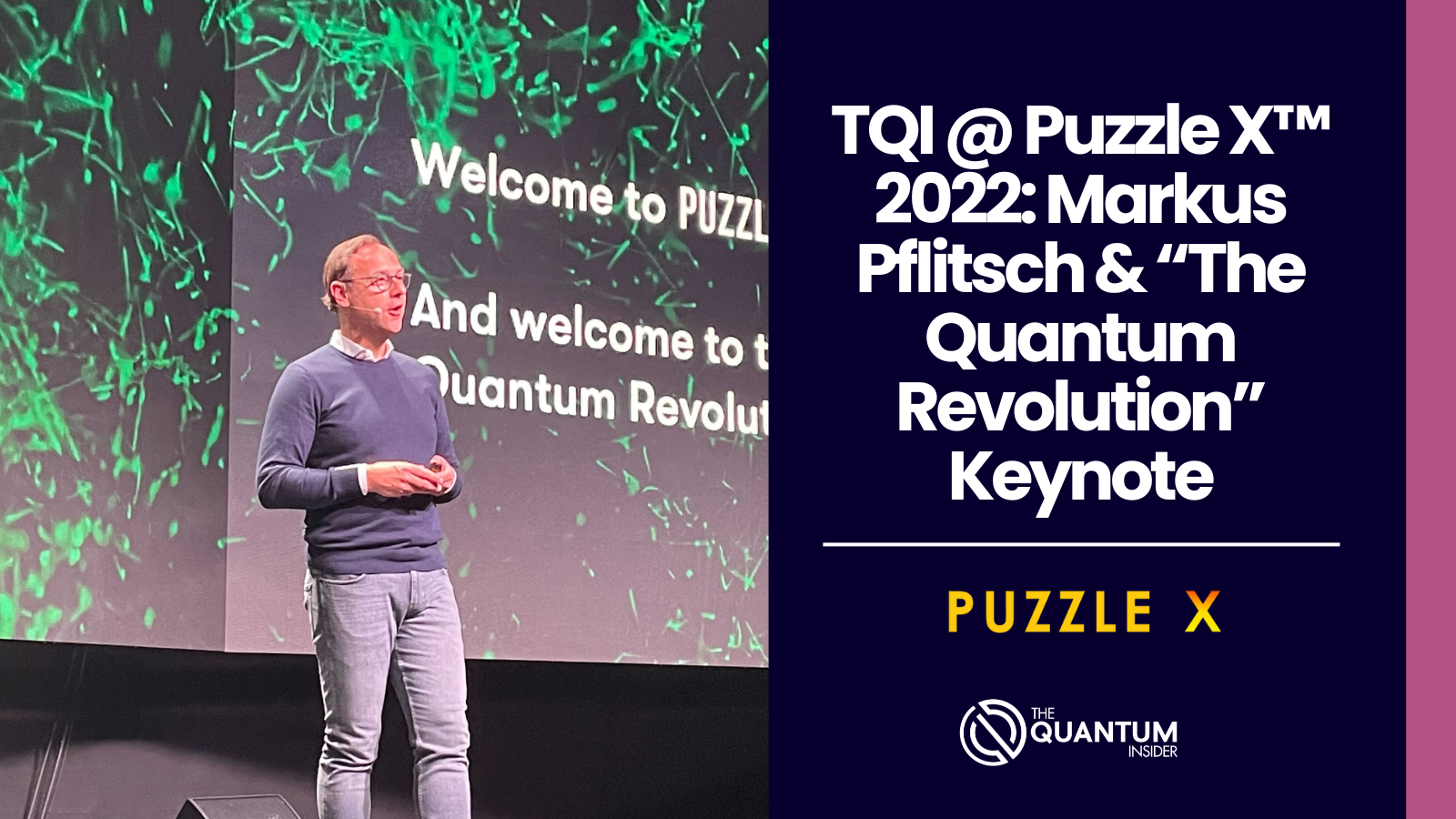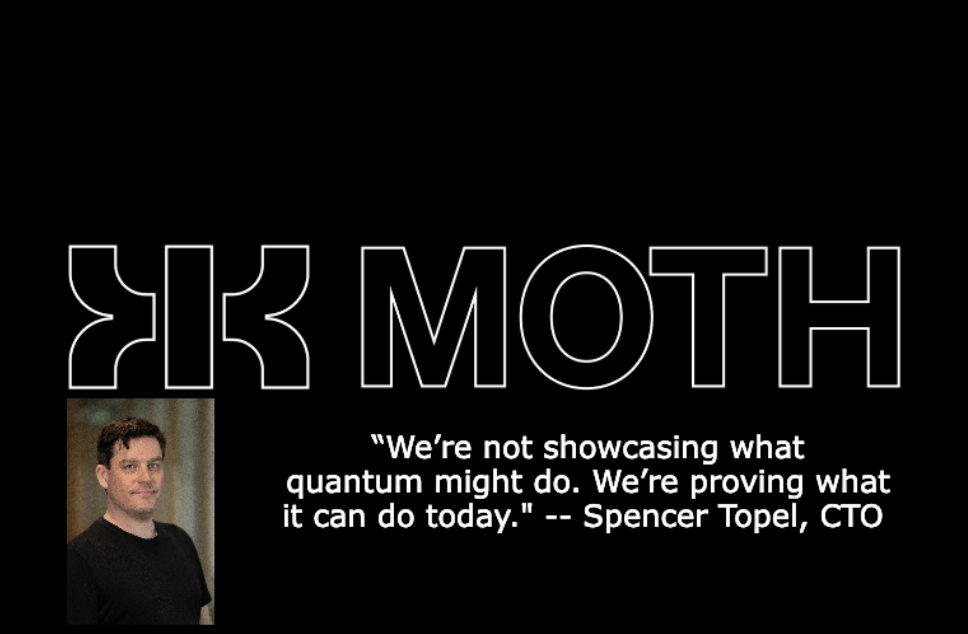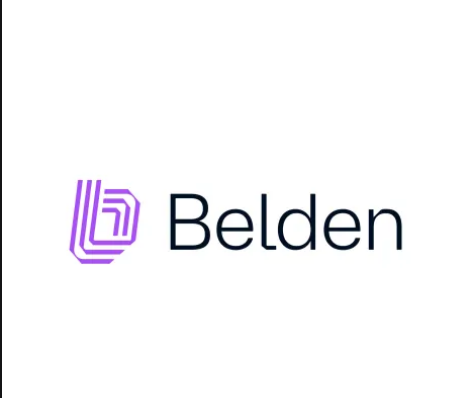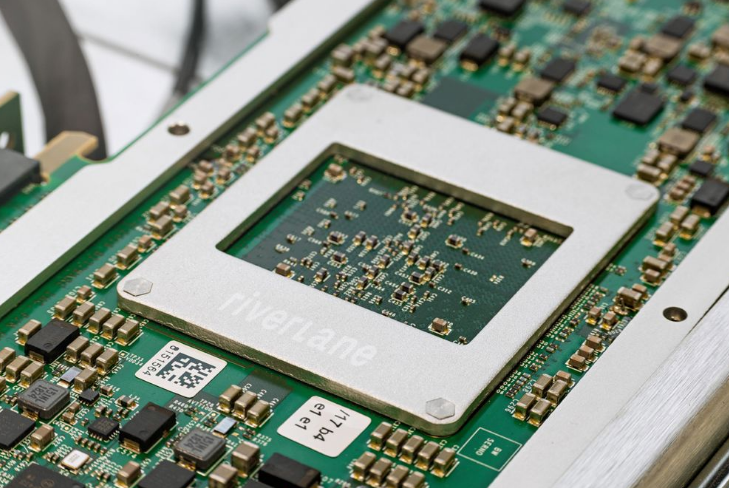Standing on the Shoulders of Giants
With Puzzle X™ 2022 well underway, the stage was set for Markus Pflitsch, founder, CEO and chairman of Terra Quantum AG, to give his keynote.
Pflitsch, who is also the founder, CEO and chairman of quantum startup QMware, is one of the most respected individuals in the industry. We were in for an educational ten minutes.
“Quantum computing is the hottest topic within deep tech,” said the CERN quantum physicist to begin his keynote. “With quantum technology, we are standing on the shoulders of giants.”
Pflitsch then paid reverence to the great quantum physicists of the early 20th century who laid the foundations for everything we have today.

“I think it’s the only business where the underlying trend is the exponential function,” he said. “The exponential function will sooner or later outperform everything. That is why people are so excited about quantum computing.”
Stating that today we understand how to build and use these machines, Pflitsch said we are in the second quantum revolution — and Terra Quantum is part of that event.
Not Quite There Yet
“In 2019 I founded Terra Quantum to bring quantum out of the research labs and to industrial application,” said Pflitsch. However, Terra’s CEO admitted that the technology is not quite there yet, as the hardware is currently not scalable.
“Native quantum chips can’t do anything meaningful today — we have to wait a few more years until that quantum hardware matures,” he said, asking the audience if that was a problem before adding: “Well, it follows a very typical pattern.”
Pflitsch underscored the importance of the Gartner Hype Cycle, and how it provides a good working model — though admittedly an imperfect one — on the maturity of emerging technologies.
“With quantum hardware, we are actually at the peak,” said Pflitsch, which is the second stage of the five in the cycle, one where early publicity produces several success stories — often accompanied by scores of failures. “So, what does that mean?” he added. “Do we have to wait for five to ten years to do something meaningful? How do we bridge the gap between the hype and universal quantum computing?”
Pflitsch’s answer comes in the form of hybrid quantum computing, which is a system that leverages elements of quantum computing like the qubits for processing working alongside classic computation to get the best results.
Heating The Quantum Winter
“Hybrid quantum computing will be the heating technology that will help us survive the quantum winter. Hybrid means we simulate qubits on a classical HPC, we enhance them with early available native quantum chips, and by combining a native quantum machine, we run the quantum software and unlock some of the quantum potential already here today.”
But what can we do with hybrid quantum computing today? That was Pflitsch’s next question, naming the energy sector as a good example use case for applications in quantum.
“The volatility of renewable energy, actually, in an increasing number of solar and windmills that have to go into the energy network is hard to integrate,” said Pflitsch, “but with quantum computing, we can predict such capacities and stabilize the grid.”
Healthcare was also a candidate, with Pflitsch praising the power of quantum simulations to speed up drug discovery dramatically and help us understand human biology on a granular level, giving us the opportunity for specific treatments, which inevitably opens the door to personalized medicine.
Before he left the stage, Terra’s CEO declared that “Quantum is Now”, a statement that I doubt many in the audience would refute.
Watch this space for more exclusive content on TQI at PUZZLE X™ 2022 to come.
For more market insights, check out our latest quantum computing news here.


















